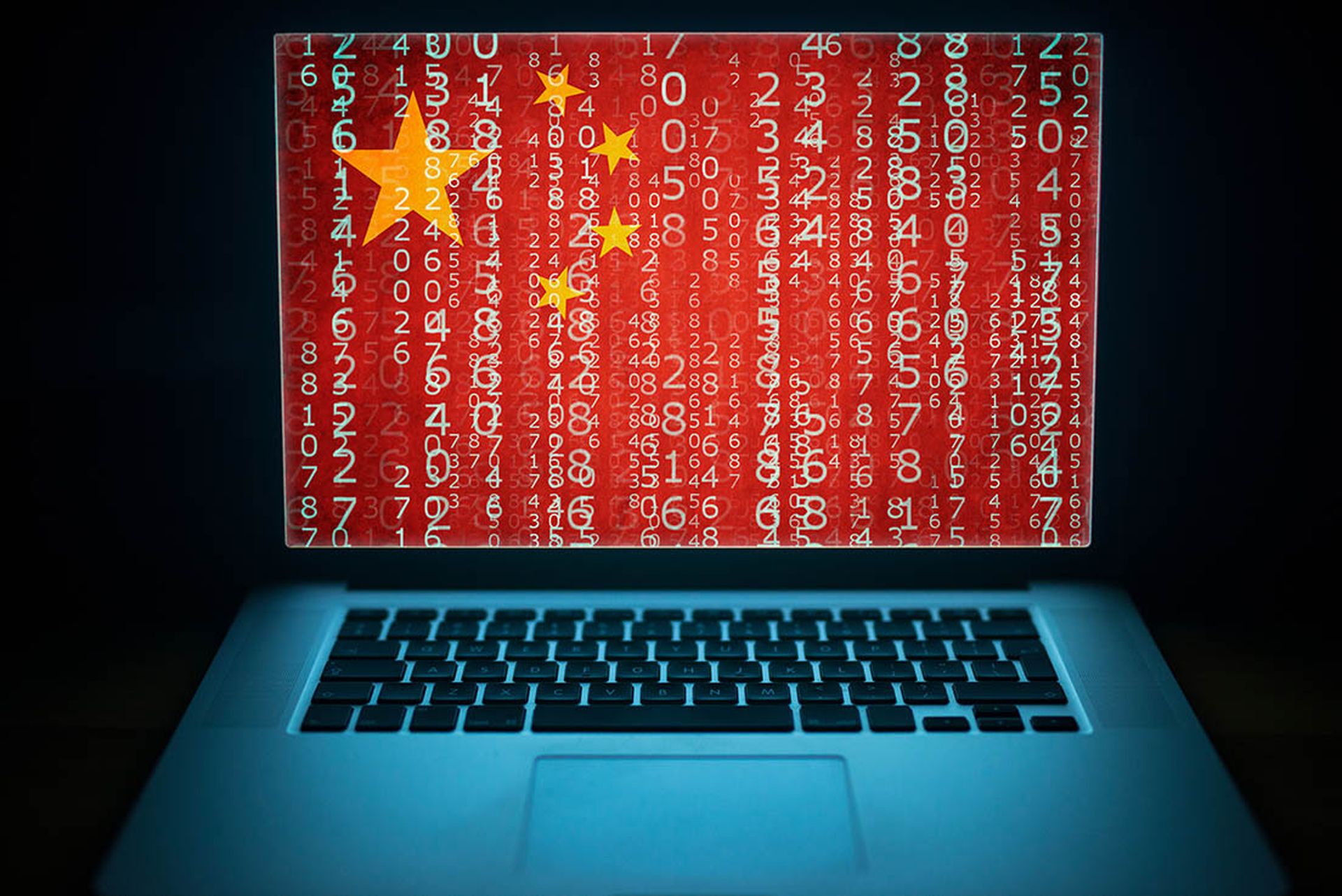The City of New Orleans ransomware attack has caused at least $7 million in financial damage to date, Mayor Latoya Cantrell told WVUE. In addition, Cantrell said she expects the ransomware attack's financial impact to continue to grow — despite the fact that the city has recovered $3 million via a cyber insurance policy that was purchased before the incident.
Meanwhile, the City of New Orleans still faces an IT backlog after the ransomware attack, Chief Administrative Officer Gilbert Montano told WVUE. Montano also indicated that it could take several months before the city rebuilds its network.
A Closer Look at the New Orleans Ransomware Attack
The City of New Orleans ransomware attack took place December 13. Cybercriminals shut down City of New Orleans government systems, and more than 4,000 New Orleans government computers were affected by the cyberattack.
New Orleans officials have taken steps to improve the city's security posture after the ransomware attack. The City of New Orleans plans to increase its cyber insurance coverage to $10 million this year, and a forensic investigation into the ransomware attack is ongoing.
How Can Organizations Address Ransomware Attacks?
Ransomware attacks affect municipalities, schools and businesses of all sizes. However, there are many things that any organization can do to combat ransomware attacks, such as:
MSSP Alert Recommendations
The FBI and U.S. Department of Homeland Security have repeatedly warned MSPs and their technology platform providers about such attacks.
To get ahead of the ransomware threat, MSSP Alert and ChannelE2E have recommended that readers:




